In the normal course of a functioning ecosystem, plants, insects, and diseases all play a part in a harmonious and healthy cycle. But what happens when one population or species becomes unnaturally pervasive? A rapidly growing or dominating species can become a real problem resulting in ecosystem degradation and even species extinction.
Typically, the most dramatic cases of population expansion come in the form of introduced invasive species. Examples include the zebra mussel (originating in the Black Sea), the Eurasian watermilfoil (introduced from Eurasia), Dutch elm disease (Ophiostoma ulmi), and the common buckthorn (also from Eurasia).
These introduced species pose a real threat to the biotic and abiotic realms. Furthermore, invasive species extend beyond healthy ecosystem functioning and threaten the very fabric of industry. Agriculture is constantly at battle with aggressive noxious weed species like field bindweed and perennial sow thistle.
Forestry is no exception to the rule. Forest managers are constantly trying to understand ways to mitigate the impact of introduced pests, pathogens, and invasive species.
Urban foresters and arborists will focus on the hazards posed by infected elm trees.
Deep in the forest, planning foresters and forest health officers are hard at work monitoring the spruce budworm, dwarf mistletoe, western gall rust, and Armillaria root diseases.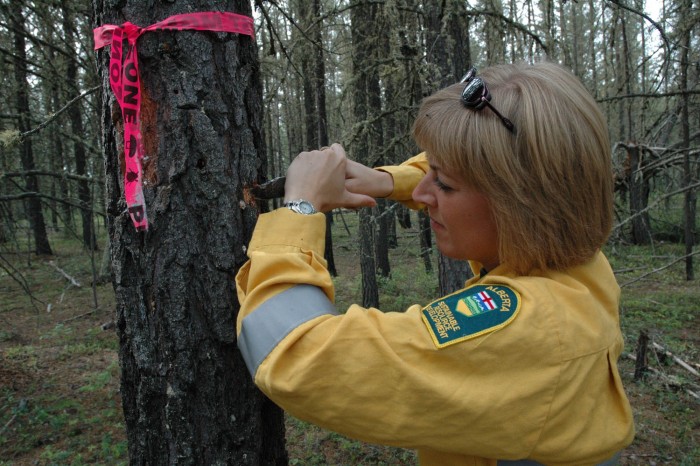
In the laboratories, biochemists are working together with entomologists to figure out novel control methods for the mountain pine beetle. This includes techniques like chemical attraction (pheromone trapping).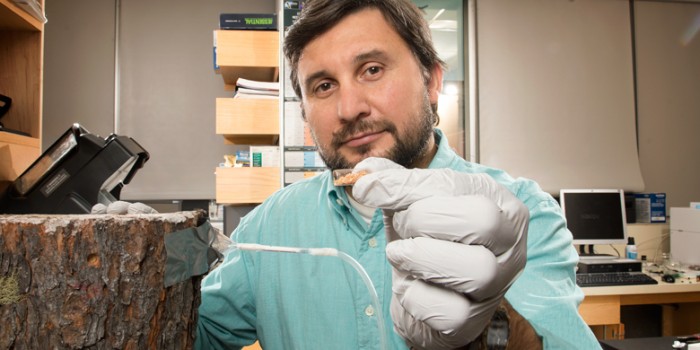
High in the mountains, forest pathologists may be modeling the threat posed by white pine blister rust.
Even in our lumber mills, steps have been taken to eliminate the possibility of exporting pathogens. Have you ever noticed the stamps on lumber? KD-HT stands for Kiln Dried – Heat Treated. The process of drying and heating kills diseases and allows Alberta lumber to be shipped around the world.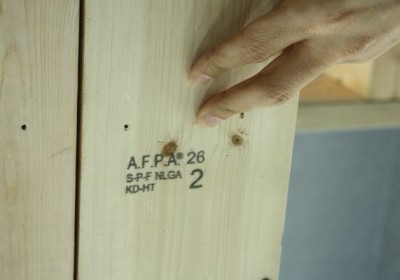
It should be noted that not all epidemics come from afar. Some pests are species that are native to our forests. These native pests become a problem with ecosystem modification. It is therefore critical that we always ask, “How will my actions affect the environment around me?”
So next time you decide to move firewood or trim the elm tree in your backyard, think again. Aside from incurring a fine, you could be causing the next major epidemic.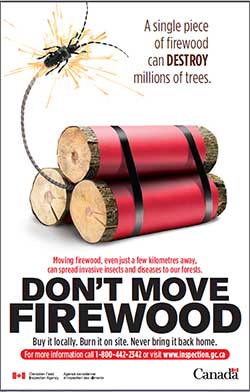
Think this topic is interesting and want to get involved? Take a look at some of the above-mentioned careers. Still in high school? The topic of this year’s Envirothon is invasive species. Get involved, show off your knowledge to Alberta and perhaps the rest of North America. Alternatively, consider applying for a job with the Alberta Junior Forest Rangers next summer.
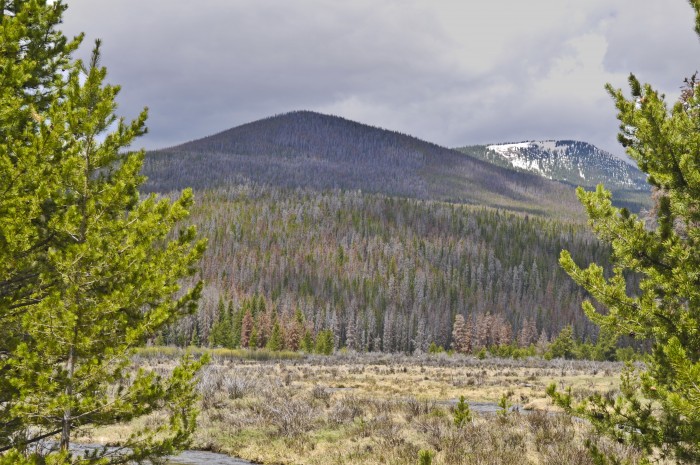
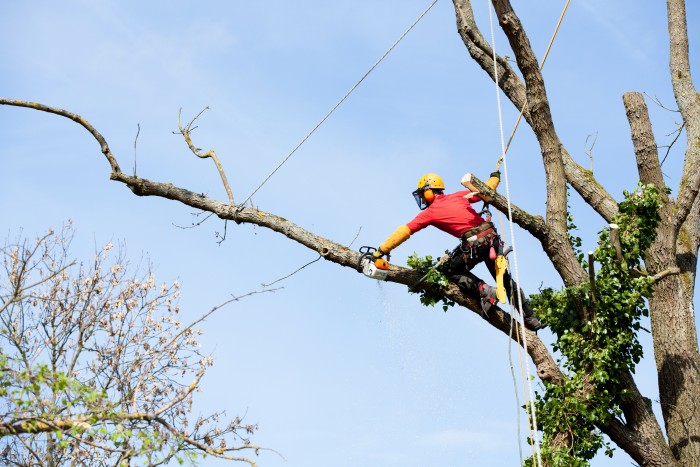
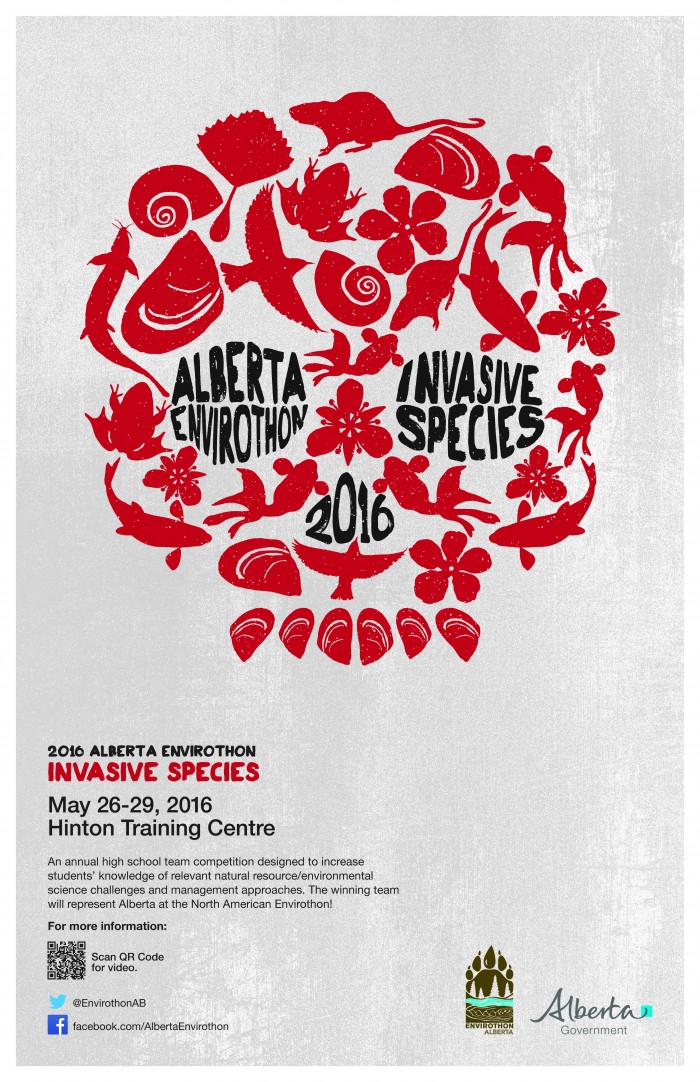
Deprecated: Function get_magic_quotes_gpc() is deprecated in /home/workwil/public_html/wp/wp-includes/formatting.php on line 4371
Deprecated: Function get_magic_quotes_gpc() is deprecated in /home/workwil/public_html/wp/wp-includes/formatting.php on line 4371
Deprecated: Function get_magic_quotes_gpc() is deprecated in /home/workwil/public_html/wp/wp-includes/formatting.php on line 4371